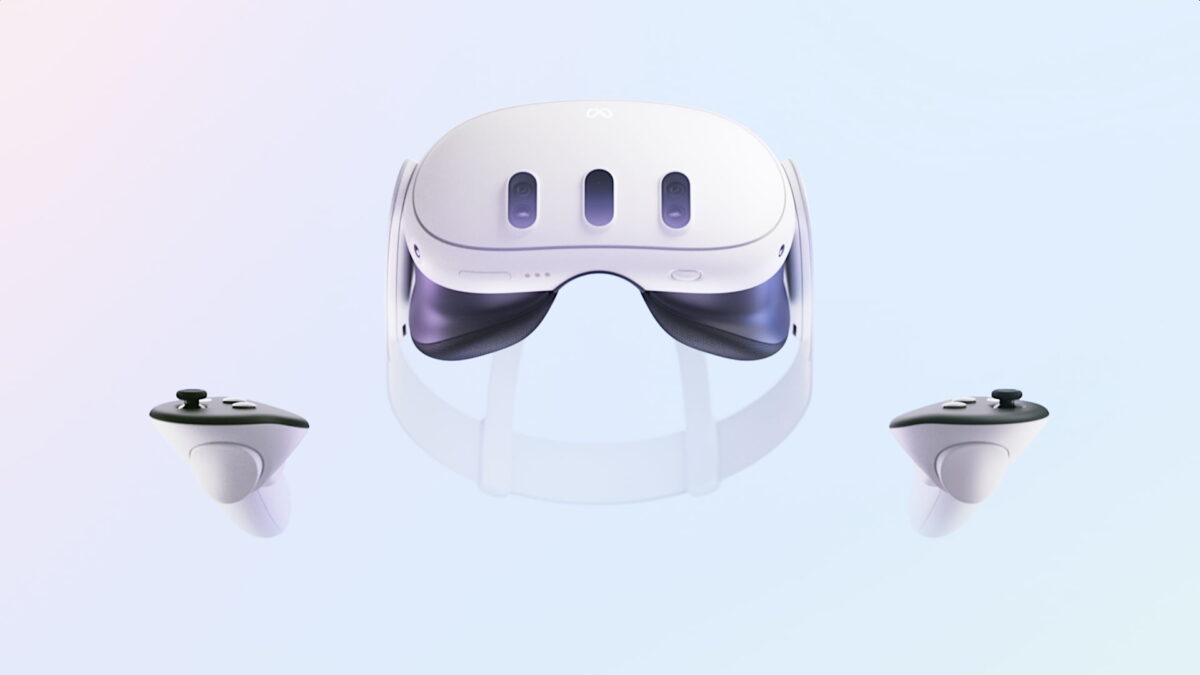3 reasons to be excited about Mixed Reality (part 1)

Meta Quest 3 is coming out in a few weeks and will bring mixed reality to the mainstream for the first time. But why should you care?
By mixed reality, I mean the ability to bring digital elements into the physical environment, or to blend the real and the virtual, whereas virtual reality, the dominant paradigm to date, immerses you completely.
Meta Quest 3 will be the first mass consumer headset designed with mixed reality in mind, although it will still support what we know as virtual reality. The Apple Vision Pro, due in early 2024, will also focus on mixed reality, although Apple will use different terms for it.
We can expect the entire industry to move in this direction over the next few years, including mixed reality as a mode alongside VR.
This isn't the end of virtual reality
Now, some VR enthusiasts fear that VR could soon fade into the background or be displaced altogether with the advent of MR. This is unlikely because VR is an established mode, while mixed reality has yet to prove itself. But even in the long run, mixed reality will complement virtual reality, not replace it.
There will still be a market for VR and full immersion. Just because a lot of people are playing on smartphones these days doesn't mean there's no interest in PC and console gaming anymore. Both have their place.
There is no reason to worry, but there is reason to be excited. Mixed reality will open up new possibilities and inspire new user groups for the technology we love. Whether MR or VR.
Here's the first of three articles on why I'm excited about mixed reality - and why you should be, too.
Mixed reality fits more easily into everyday life
I love how Playstation VR 2 first shows me my physical surroundings when I put the headset on, so I can orient myself, grab the controllers, and position myself in the room before switching to VR.
Meta Quest 2, on the other hand, first blinds me to my surroundings. Even when I activate the pass-through view, the device somehow keeps switching to the virtual home environment as the primary mode.
With mixed reality, the concept of visual transparency will become fundamental, making headsets more user-friendly and safer. I am no longer shutting out the world and my fellow human beings, but bringing digital elements into the social space. This is a complete reversal of the previous paradigm.
I look forward to playing games like Cubism or Squingle in my living room, even if they don't offer sophisticated interaction with the physical environment. I'll put on my headset and the digital objects will float in front of me. I won't have to draw boundaries, move furniture or valuables, or warn people around me. Because I can simply see them.
Simple mixed reality of this kind could relate to virtual reality in much the same way that smartphone gaming relates to PC and console gaming, to use the analogy above again. It's more mobile, casual, and accessible. If the games are based on hand tracking, the transition is even easier and faster, and that's what the technology needs to become mainstream.
The lower the technical and social hurdles, the more successful the medium can become. In this way, the technology can win over people who would otherwise not know what to do with it, which ultimately benefits the entire industry.
Fully immersive VR games will remain my staple, but I'm looking forward to mixed reality snacks like these and am curious to see how they affect my headset usage.
But that's just one of several reasons I'm a mixed reality believer. The second article is coming out next week.
Note: Links to online stores in articles can be so-called affiliate links. If you buy through this link, MIXED receives a commission from the provider. For you the price does not change.